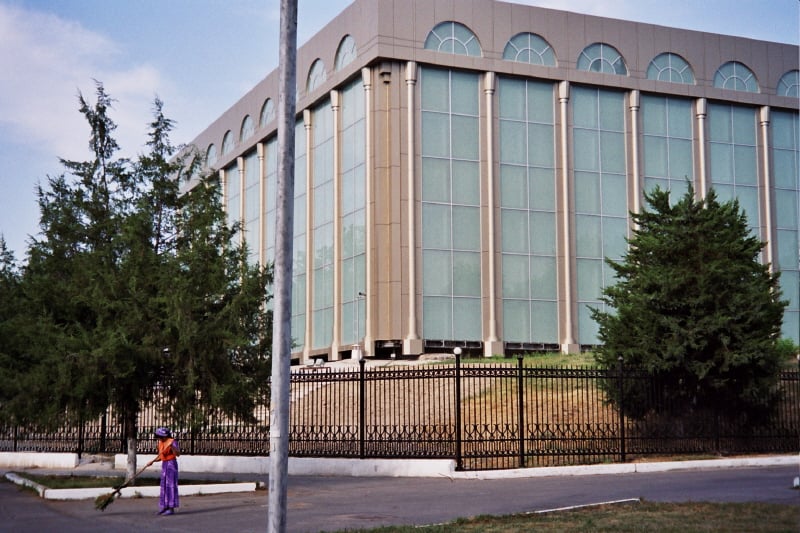Art & Exhibitions
Museum Staff Replaced Collection With Forgeries, Then Sold Originals
The surreptitious sell-off isn't the first time the museum has been pillaged.

The surreptitious sell-off isn't the first time the museum has been pillaged.

Henri Neuendorf

A brazen art crime has been uncovered in Uzbekistan. As the Guardian initially reported, several employees from the Uzbek State Art Museum have been found guilty of systematically selling original artworks and replacing them with fakes over a 15 year period.
Mifayz Usmanov, the chief curator of the central Asian country’s premier art museum, was sentenced to nine years behind bars for his involvement in the daylight robbery. Two restorers were sentenced to eight years each.
The trio sold works by over 25 European artists on the black market, including pieces by the Renaissance painter and sculptor Lorenzo di Credi and by modern Russian artists such as Victor Ufimtsev and Alexander Nikolaevich. The works were reportedly sold for between €80–650 ($100–810).
These incredibly low prices at which the museum staff sold off the artworks demonstrates the desperation of those involved and exposes the problems facing the impoverished former Soviet satellite state. According to Art Magazin, museum employees in the nation are chronically underpaid.
In a report, the state admitted that the crime has caused “major losses” to its collections. However, the report does not mention the exact number of pieces stolen or their estimated total value. The whereabouts of the stolen artworks remains unknown at this time.
Artworks of Dubious Provenance
The museum has frequently shown artworks of dubious provenance in the past. In 2012, the institution displayed a painting purportedly by the Italian Renaissance artist Paolo Veronese. But the Italian embassy in the capital Tashkent publicly questioned the artwork’s authenticity. The museum simultaneously showed a collection of “long forgotten” Picasso ceramics, the authenticity of which was also deemed highly questionable.
And the Uzbek State Art Museum’s collections haven’t only been under attack from its own employees. In 2013 the Uzbek president Islam Karimov’s daughter Gulnara “confiscated” a hoard of artworks from the Uzbek State Museum to display in her home.
Uzbekistan is one of the most corrupt countries in the world. According to Transparency International’s 2014 Corruption Perceptions Index, Uzbekistan ranks 166th of 175 nations analyzed. This latest crime bears striking resemblance to another lengthy heist carried out in the Turkish capital of Ankara at the State Art and Sculpture Museum (see “$250 Million Turkish Museum Heist Was an Inside Job“).